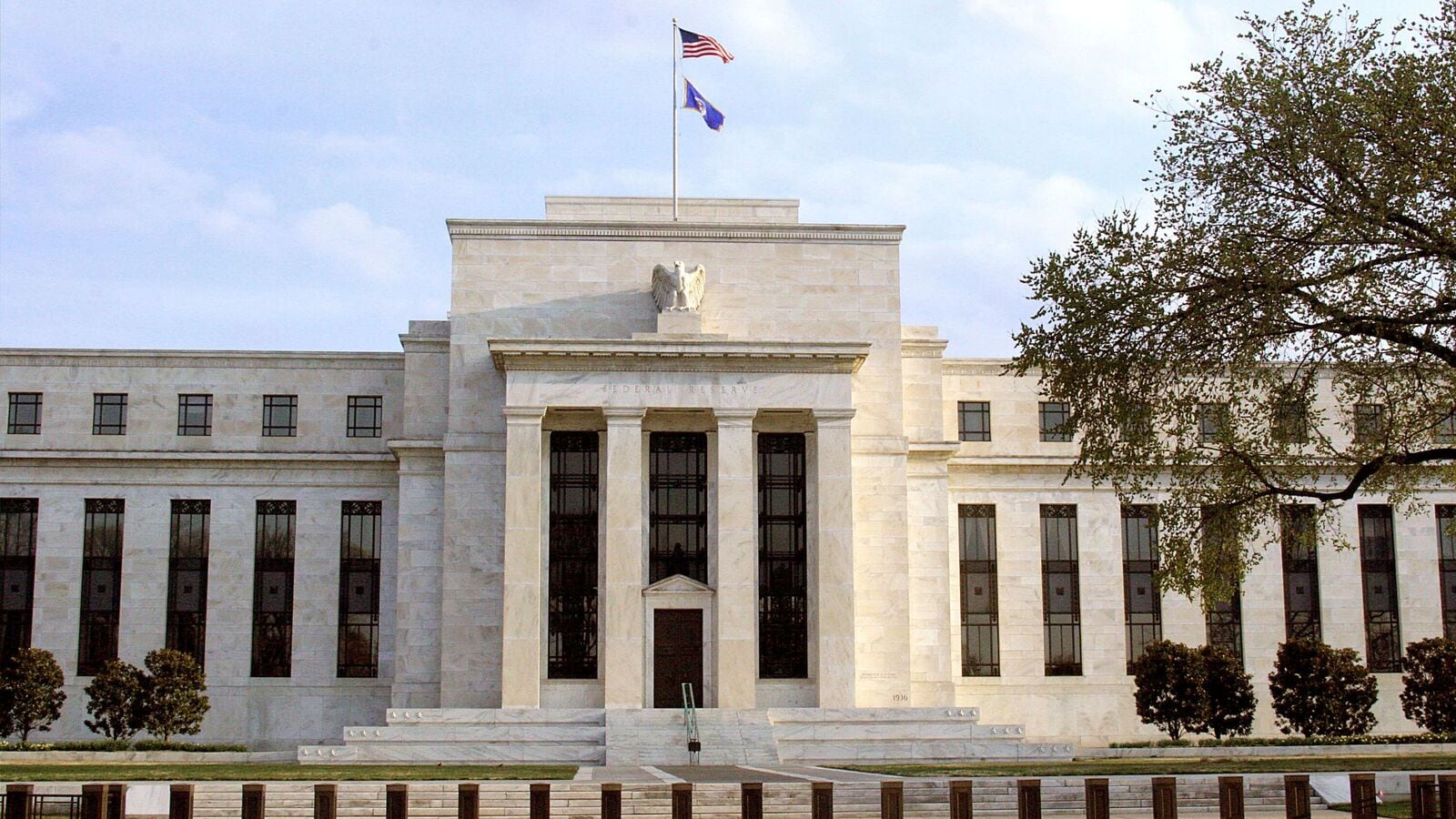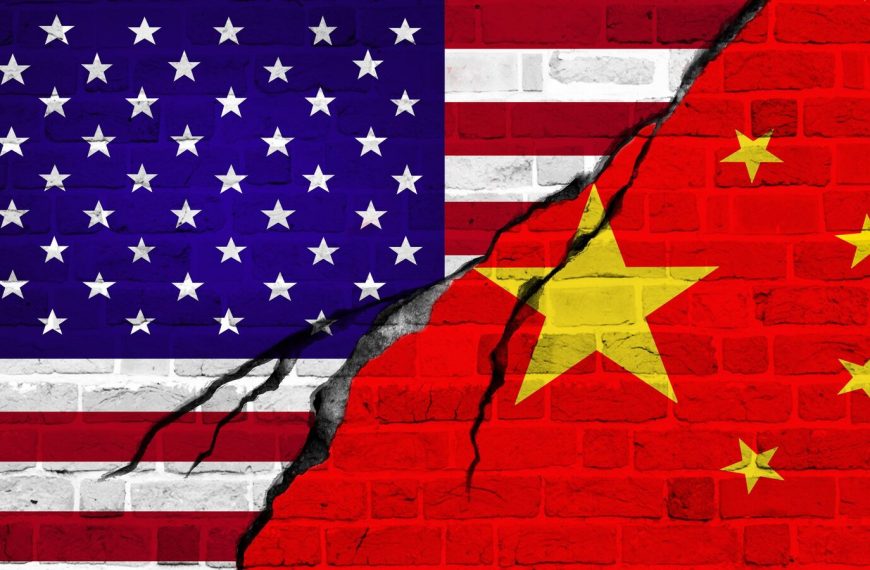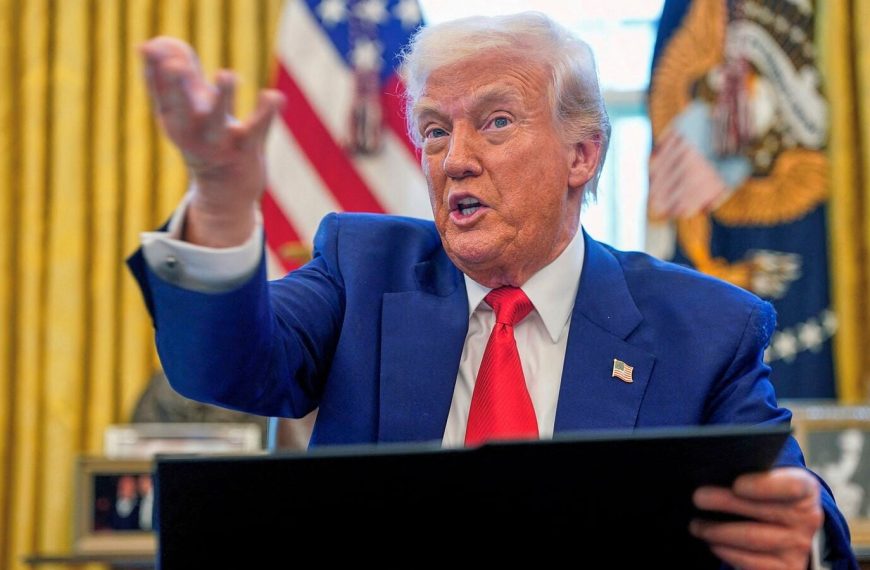Federal Reserve President John Williams recently addressed concerns surrounding the impact of the Trump administration’s trade policies on inflation during a speech to the Puerto Rico Chamber of Commerce. He warned that these policies could significantly elevate inflation rates throughout the year, underscoring the importance of the Fed’s role in stabilizing long-term price expectations.
Trade Policies and Inflation Concerns
Williams highlighted the unpredictable nature of the economy, particularly in light of newly imposed tariffs. He stated, "Given the uncertain effects of recently announced tariffs and other policy changes, there is an unusually wide range of outcomes that could transpire." This uncertainty could lead to a less favorable economic outlook as we approach 2025.
- Current inflation expectations are projected to rise between 3.5% and 4% this year.
- This marks a notable increase from the 2.5% year-over-year rate recorded in February, as measured by the Personal Consumption Expenditures Price Index (PCE), the Fed’s primary inflation tool.
Economic Growth and Unemployment Projections
Amidst these inflationary pressures, Williams predicted a slowdown in real GDP growth, estimating it could fall to "somewhat below 1%." This decline is attributed to a combination of factors:
- Slowing labor force growth due to reduced immigration.
- The overarching uncertainty surrounding tariff impacts.
Furthermore, he expects the unemployment rate to rise from its current level of 4.2% to between 4.5% and 5%.
Commitment to Inflation Targets
Despite these challenges, Williams reaffirmed the Fed’s commitment to achieving a 2% inflation target. He noted that while short-term inflation expectations have increased, long-term expectations remain stable. "It’s critical that the Fed keep it that way," he emphasized.
Insights from Federal Reserve Officials
Echoing these sentiments, Federal Reserve Governor Adriana Kugler recently commented on inflation dynamics during a lecture at Harvard University. She pointed out that the recent rise in goods and services inflation might be "anticipatory" of the tariffs’ influence. Kugler stressed the necessity of maintaining inflation in check, stating, "It should be a priority to make sure that inflation doesn’t move up."
- Key Takeaways:
- The Fed’s policy rate has remained steady at 4.25%-4.50% since December.
- Efforts to curb inflation have shown minimal progress, with core goods and market-services inflation contributing to rising underlying inflation measures.
In conclusion, as the Federal Reserve navigates these turbulent economic waters, the focus will remain on managing inflation expectations while adapting to the rapidly changing landscape of trade policies and their repercussions on the U.S. economy.











